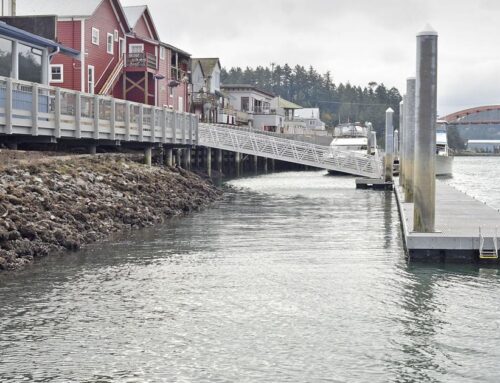The Glacier Law in Argentina: the discussion about what the periglacial environment is and
November 21, 2025
The Glacier Law (26.639) has returned to the center of public debate due to the possibility that a project from the National Government may modify some of its articles.
In this context, tensions are reignited around fundamental definitions: what is understood by glacier and what by periglacial environment.
What the Glacier Law Says
Article 2 establishes that a glacier is “any perennial ice mass that is stable or flows slowly, with or without interstitial water, formed by the recrystallization of snow, located in different ecosystems, regardless of its shape, dimension, and state of conservation.” Additionally, it includes the rocky detrital material and the internal and surface water courses as part of the glacier.
The periglacial environment, on the other hand, is defined as:
- In high mountains: an area with frozen soils that acts as a regulator of the water resource.
- In mid and low mountains: an area with ice-saturated soils that also regulates water resources.
The Role of Ianigla and the National Glacier Inventory
The law enacted in 2010 designated the Argentine Institute of Snow Research, Glaciology, and Environmental Sciences (Ianigla) as responsible for developing and keeping updated the National Glacier Inventory.
“Ianigla basically makes the map of the country’s glaciers,” explained Laura Zalazar, coordinator of the inventory.
The specialist emphasized that it is not only about glaciers but also about ice bodies, which include different types:
- Classic glaciers: white, formed by snow accumulation, like the Perito Moreno.
- Covered glaciers: with layers of rocks over the ice, like the Ventisquero Negro of Cerro Tronador.
- Perennial snow patches: smaller ice bodies, without signs of movement.
- Debris glaciers: with ice hidden under rocks, representative of the periglacial environment, present in areas like El Salto and Vallecitos (Mendoza).
Debris Glaciers: Invisible Water Reserves
Zalazar highlighted that debris glaciers are little known and many do not even have names. Their morphology —abrupt tongues with rough surfaces and rock accumulation— reveals the presence of ice inside.
“If they are destroyed, a water reserve is being destroyed,” warned the Conicet researcher.
The law protects both visible glaciers and debris glaciers, as both constitute strategic reserves of fresh water.

Periglacial Environment: Beyond Glaciers
The dominant idea that the periglacial environment always surrounds a glacier is incorrect. In Mendoza, for example, the glacier is usually above and the periglacial environment lower down. In the Puna, there are even debris glaciers without classic glaciers.
This demonstrates that the periglacial environment is autonomous and plays a key role in water regulation, independently of the presence of visible glaciers.
The Scientific Work Behind the Inventory
Since the enactment of the law, Ianigla has undertaken exhaustive research to define methodologies and concepts, relying on international literature and manuals.
The process included:
- Use of satellite images to identify ice bodies.
- Field expeditions to verify what was observed in the images.
- Interdisciplinary work with glaciologists, cartographers, technicians, and mountain guides.
Between 2010 and 2018, the first national inventory was published, with maps of 16,000 glaciers and methodological documents based on scientific evidence.
Update and Regions of the Inventory
Although the law requires updating the inventory every five years, progress has been made only up to the north of San Juan. The report that includes Mendoza is expected next year.
The inventory is currently published by regions:
- The Desert Andes (northwest Argentina).
- The Central Andes (south of San Juan and Mendoza).
- The Northern Patagonia Andes (Neuquén, Chubut, and Río Negro).
- The Southern Patagonia Andes (Santa Cruz and Tierra del Fuego).
The debate over the Glacier Law highlights the importance of scientific and legal definitions to protect the country’s freshwater reserves. The research by Ianigla and the National Glacier Inventory provide key data to understand the diversity of ice bodies and the relevance of the periglacial environment.
The current discussion is not only technical but also political: any modification of the law will directly impact the management of water resources and environmental conservation of mountain ecosystems in Argentina.
Search
RECENT PRESS RELEASES
Related Post




